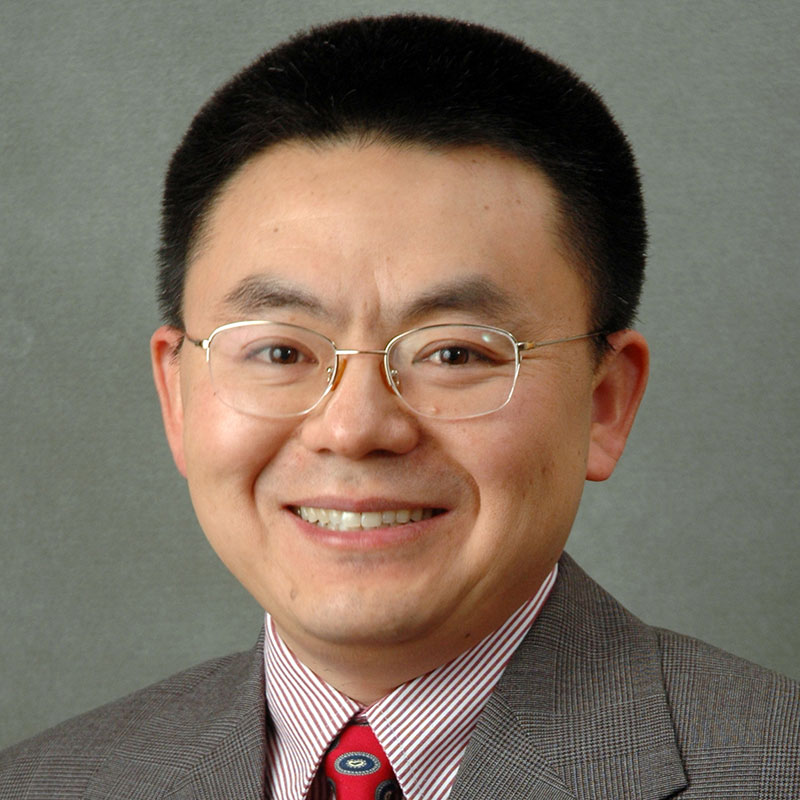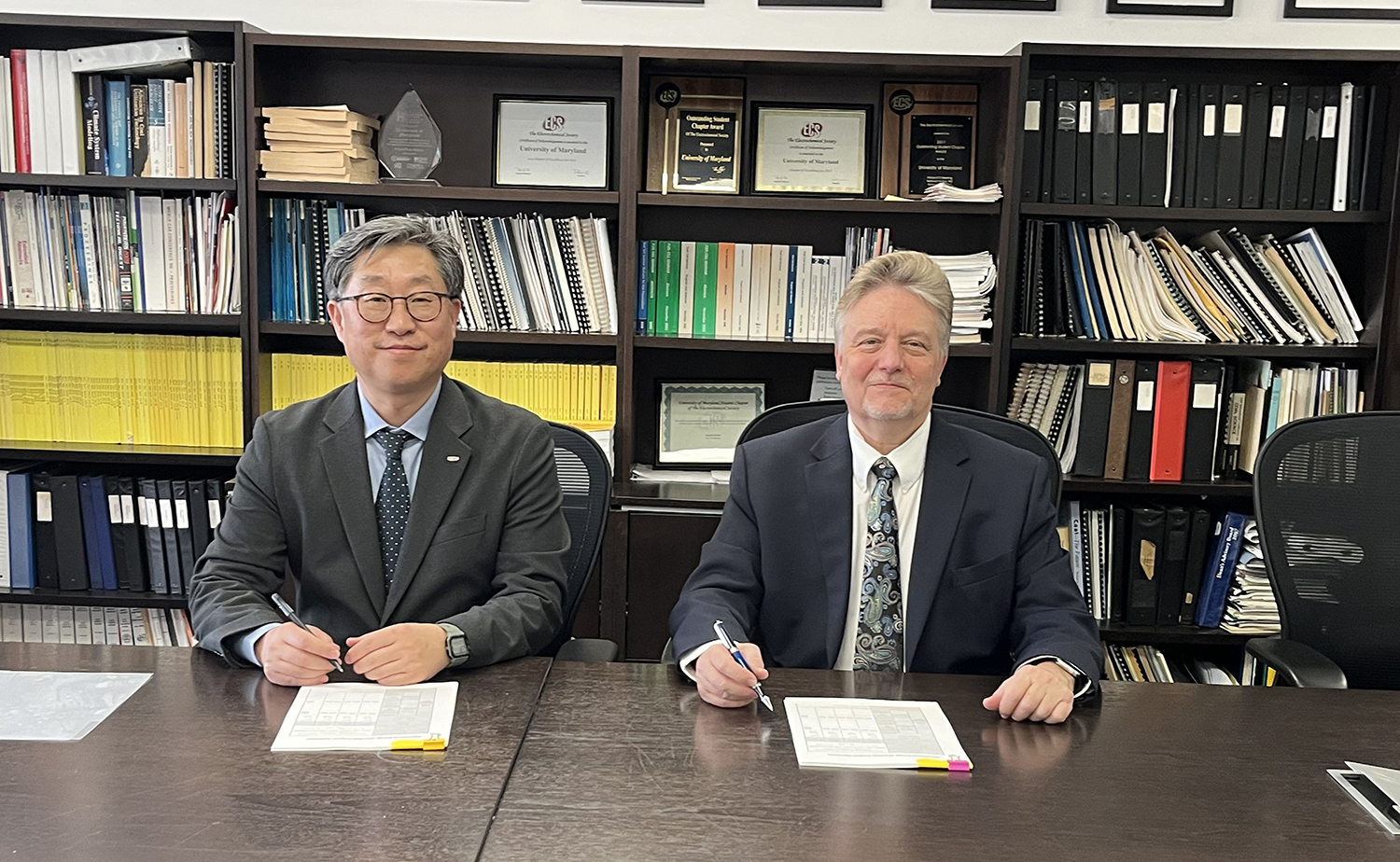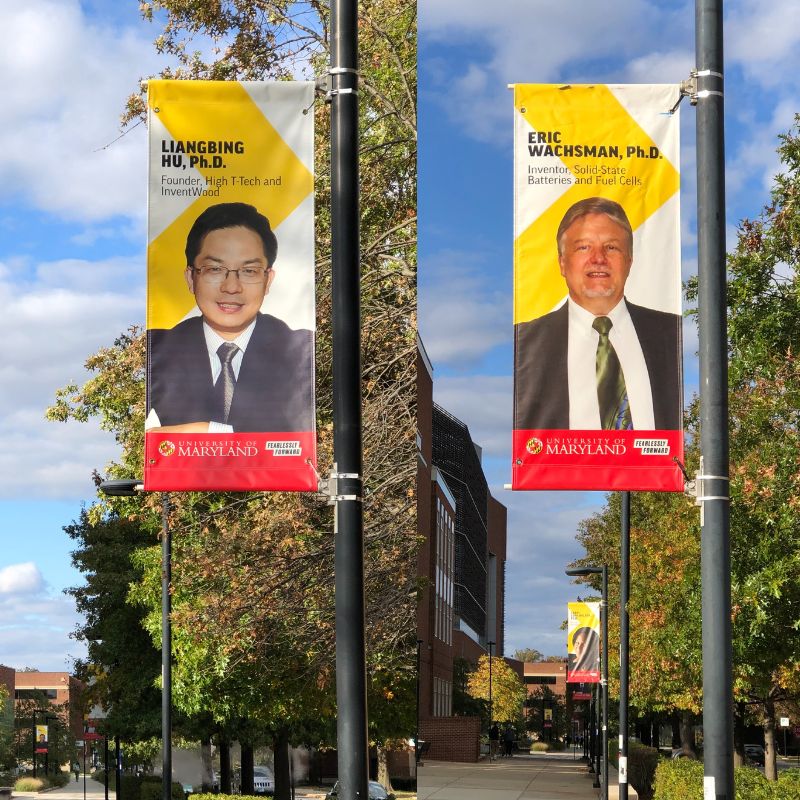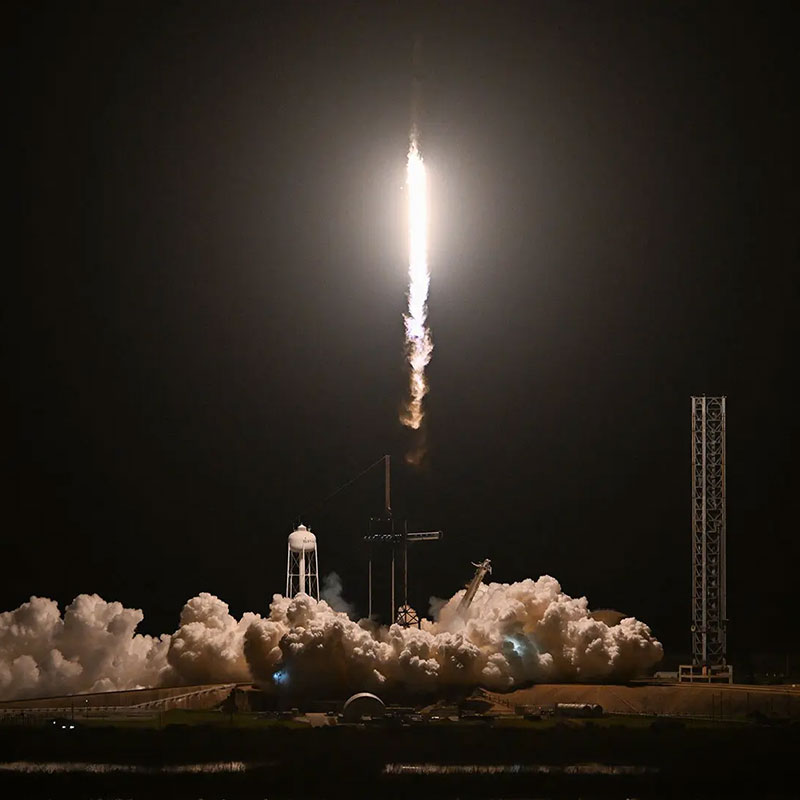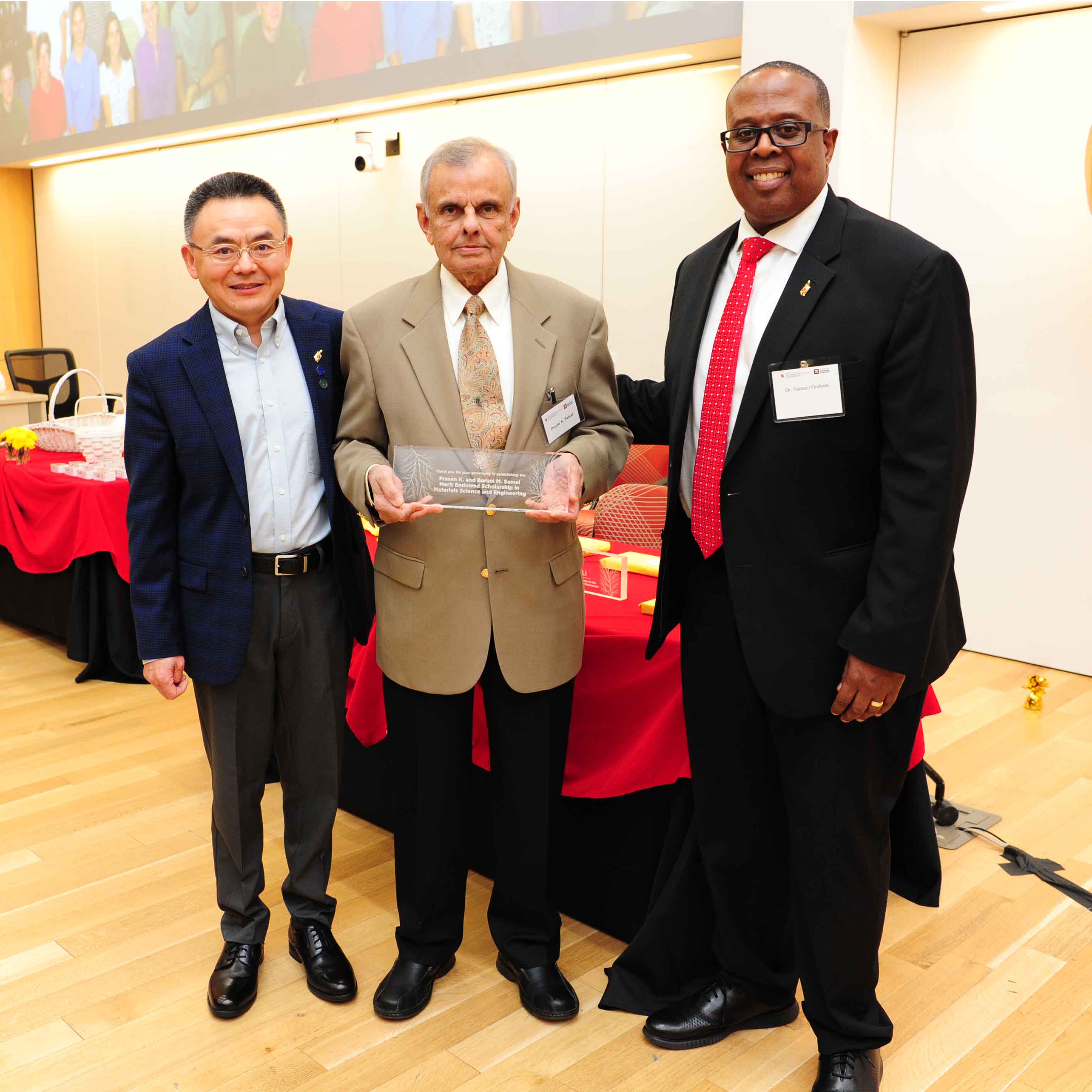News Story
MSE Research Featured on National News Network
Two MSE research innovations have been featured on “The Circuit News,” a weekly social media news network dedicated to promoting engineering to the public. Sponsored in part by the United Engineering Foundation and produced by the National Academy of Engineering and the University of Southern California, Viterbi, “The Circuit” provides a nontraditional way to share the value of engineering and the role engineers play in creating the future.
Elastocaloric Cooling System Can Address Climate Change Concerns
Air conditioning, refrigeration and other cooling technologies account for more than 20 percent of today’s global energy consumption. That percentage is anticipated to increase given summer 2023 was Earth’s hottest summer since global records began in 1880, according to NASA’s Goddard Institute of Space Studies.
MSE Professor Ichiro Takeuchi recently discussed his team’s work on a high-performance elastocaloric cooling system that not only meets climate change concerns but could represent the next generation of cooling devices. “As we plan for the future, we are hopeful our new technology can help alleviate the extreme heat problem we are facing,” says Takeuchi. “This is a completely different, completely green, environmentally friendly cooling technology.”
With the new technology, refrigerant materials remain in a solid state as compared to traditional refrigerants, like hydrofluorocarbons, that work by shifting gas and liquid phases. The new system has a cooling power of 260 watts and a maximum temperature span of 22.5 kelvin---among the highest reported for any caloric cooling system.
“Our technology, developed in the last eight years, has been able to demonstrate devices and systems that can perform at the same level as magnetocaloric systems, which have been around since the 1980s,” says Takeuchi. The team, which includes mechanical engineering professors Reinhard Radermacher and Yunho Hwang, is now working on achieving higher performance and a larger temperature lift from the device as well as identifying a softer material to achieve the same effect with a substantially lower force or stress.
Seafood Waste Provides Biodegradable Electrolyte for Zinc Batteries
Not only do lithium-ion batteries require a significant amount of raw materials, including lithium, cobalt, and nickel that are usually mined in third-world countries, they create negative environmental impacts when recycled. MSE Professor Liangbing Hu, director of UMD’s Center for Materials Innovation described how he and his colleagues discovered a new use for an abundant biological material that makes for a great biodegradable zinc-ion battery.
Current batteries use an often-flammable or corrosive electrolyte to shuttle ions back and forth between positively and negatively charged terminals within the battery, providing current. The new battery, which could be used to store renewable power from large-scale wind and solar sources, uses a gel electrolyte made from a biological material with many natural sources called chitosan.
“The most abundant source of chitosan is the exoskeletons of crustaceans, including crabs, shrimps, and lobsters, which can be easily obtained from seafood waste,” Hu explains. After the shells are washed and dried, they’re “pulverized into fine powders,” then treated with chemicals.
The battery created and studied by UMD researchers is coin-sized, but could be scaled up — with the goal of a more reasonable cost compared to alternatives since chitosan abounds in nature. The substance has an array of applications from biopesticides in agriculture to bandages that aid wound healing in medicine, according to Hu.
Watch the Circuit News episode.
Published September 25, 2023
